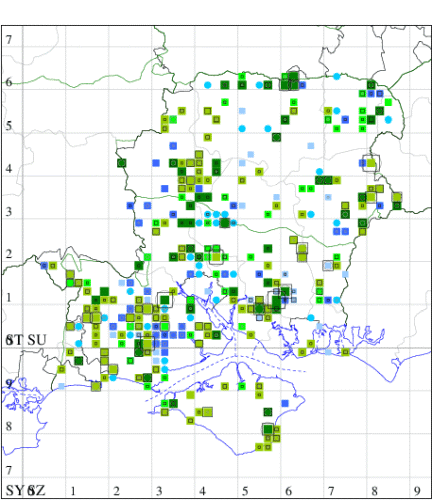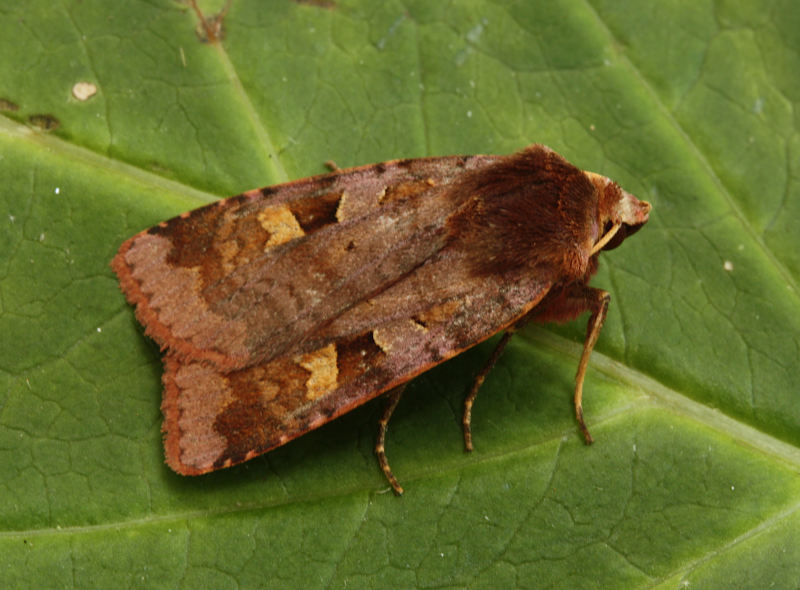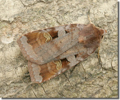Purple Clay
Diarsia brunnea
Checklist Number73.332 [B&F: 2122]
Verification
Record will be accepted (subject to date and location checks)
Common in broad-leaved woodland and wooded heathland throughout much of the British Isles. In Hampshire and on the Isle of Wight much less common than formerly; in the summer of 1892, for instance, at Brockenhurst it was stated to be a continual pest at sugar. It occurs in deciduous woodland, and nowadays it is usually recorded as single specimens. Wingspan 36-45 mm. Distinguished from female Barred Chestnut D. dahlii by the darker wavy band between the postmedian and subterminal lines, the absence of the pale subterminal line which is characteristic of that species, and the blacker quadrate mark between the reniform and orbicular stigmata. Pale individuals could be mistaken for northern Ingrailed Clay D. mendica, but these are often more extensively orange-tinted and marbled, and slightly smaller (MBGBI Vol 9). Larva feeds on Foxglove, Bilberry, Heather, Sallow, Bramble, Silver Birch and Downy Birch.


The abundance in each month is indicated as follows:
 No records
No records Very occasional
Very occasional Irregular
Irregular Uncommon
Uncommon Off-peak, but not unusual
Off-peak, but not unusual Off-peak, but not unusual
Off-peak, but not unusual Main flight time
Main flight time| J | F | M | A | M | J | J | A | S | O | N | D | |
|---|---|---|---|---|---|---|---|---|---|---|---|---|
| Adult |  |  |  |  |  |  |  |  |  |  |  |  |
| Larval |  |  |  |  |  |  |  |  |  |  |  |  |




